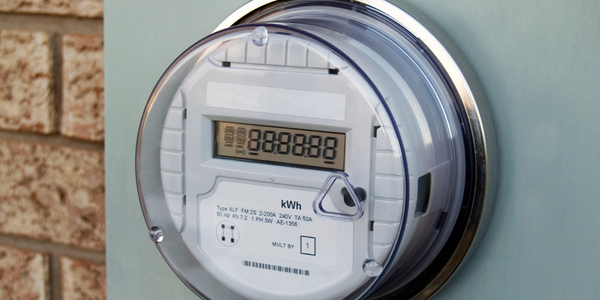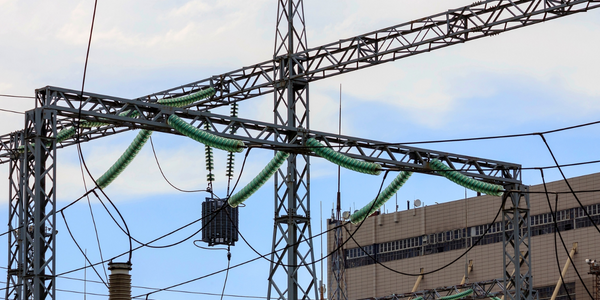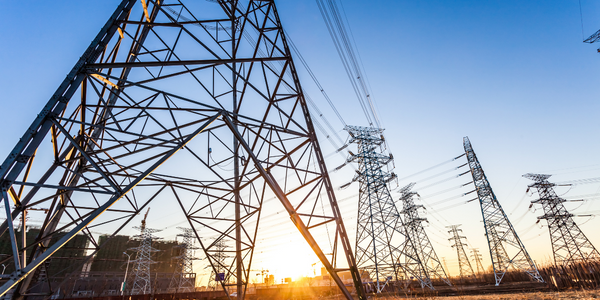Technology Category
- Cybersecurity & Privacy - Application Security
- Infrastructure as a Service (IaaS) - Hybrid Cloud
Applicable Industries
- Electrical Grids
- National Security & Defense
Use Cases
- Supply Chain Visibility
- Tamper Detection
Services
- Cloud Planning, Design & Implementation Services
About The Customer
Sauce Labs is a leading provider of the world’s largest continuous testing cloud for web and mobile applications. The company has been named to the Deloitte Technology Fast 500 list for four consecutive years, demonstrating its significant growth and impact in the technology sector. Sauce Labs helps businesses ensure that their mobile applications and websites work flawlessly on every device, operating system, and browser, delivering an impeccable digital experience to their users. The company's services are critical to businesses in the digital age, where seamless user experience can be a key differentiator.
The Challenge
Sauce Labs, a leading provider of continuous testing cloud for web and mobile applications, was facing a significant challenge in protecting its web applications distributed across a hybrid cloud environment with different application stacks. The company, which has been named to the Deloitte Technology Fast 500 list for four consecutive years, helps businesses ensure their mobile applications and websites work flawlessly on every device, operating system, and browser. However, the company was grappling with potential attack vectors including click fraud and abuse of its free trial virtual machine offering. The Senior Director of Product Security, John Kennedy, was keen on finding a solution that would provide a robust defense against these threats.
The Solution
Sauce Labs turned to Signal Sciences for a solution to their security challenges. The company immediately gained intelligent blocking of web threats from Signal Sciences and used the visibility to identify unique application abuse, which they thwarted using Power Rules. Signal Sciences provided unified visibility with clearer insights for applications running across different stacks and hybrid cloud environments. Although Sauce Labs had extensive logging in place for all its resources, the team didn’t have the bandwidth to monitor logs for suspicious events. Signal Sciences applies descriptive signals to each request, enabling the team to see a picture of what is going on in real time. Furthermore, Sauce Labs was able to curb abuse of their virtual machine service by configuring a Power Rule to restrict access to specific pages based on geo-blocking.
Operational Impact
Quantitative Benefit

Case Study missing?
Start adding your own!
Register with your work email and create a new case study profile for your business.
Related Case Studies.

Case Study
Hydro One Leads the Way In Smart Meter Development
In 2010, Ontario’s energy board mandated that time-of-use (TOU) pricing for consumers be available for all consumers on a regulated price plan. To meet this requirement, Hydro One needed to quickly deploy a smart meter and intelligent communications network solution to meet the provincial government’s requirement at a low cost. The network needed to cover Hydro One’s expansive service territory, which has a land mass twice the size of Texas, and its customers live in a mix of urban, rural, and remote areas, some places only accessible by air, rail, boat or snowmobile. Most importantly, the network needed to enable future enterprise-wide business efficiencies, modernization of distribution infrastructure and enhanced customer service. To meet these needs, Hydro One conceptualized an end-to-end solution leveraging open standards and Internet Protocols (IP) at all communication levels. The utility drew upon industry leaders like Trilliant to realize this vision.

Case Study
Selling more with Whirlpool
Whirlpool wanted to add connectivity to appliances and transform the company's relationship with customers. Traditionally, Whirlpool interaction with customers was limited to purchases made once every ten years. Connected washer and dryers provide exciting new features like remote management of start times and inter-machine communication.

Case Study
SAS® Analytics for IoT: Smart Grid
Companies face falling revenues, rising infrastructure costs, and increasing risk of outages caused by inconsistent energy production from renewable sources. Less money is coming in as more people and organizations take steps to curb their energy use. Utilities are paying more to maintain and build infrastructure due to increasing complexity, resulting from the rising number of intermittent and variable renewable energy sources connected in the distribution grid.

Case Study
Enel Secures Italian Power Generation Network
Electric energy operators around the world are working to increase the reliability and cyber resiliency of their systems. This includes Enel, a global power company that manages and monitors the Italian power grid. This grid:• Serves 31 million customers• Has a net installed energy capacity exceeding 31 gigawatts• Includes more than 500 power generation plants,including hydroelectric, thermoelectric, and wind• Is managed and monitored by Enel 24/7/365• Is operated by Terna, the Italian Transmission System Operator (TSO)Enel is responsible for the availability of the grid’s underlying ICS and industrial network. It also manages Regional Control Centers and Interconnection Centers which connect with the TSO. The TSO manages the flow of energy to the grid plus controls and remotely regulates the power generation of power plants, increasing and decreasing power production as required. The complex system of interaction and cooperation between Enel and the TSO has strong security implications as well as operational and business challenges.

Case Study
IoT based Energy Quality Availability Monitoring Solution
There were several challenges faced:Since this data would be in the public domain, accuracy and authenticity of this data were of paramount importance. It should be able to withstand scrutiny.It is challenging to build an appliance that can withstand a wide range of voltage fluctuations from as low at 90v to as high as 320v. Since the device would be installed in remote locations, its resilience was of paramount importance.The device would have to deal with poor network coverage and have the ability to store and re-transmit data if networks were not available, which is often the case in rural India. The device could store up to 30 days of data.The platform that deals with the data should be readily available and highly reliable and never lose a packet of data.

Case Study
Hydro Utility Builds Foundation for Powerful Efficiencies and Protection
As the main British Columbia electric distributor, BC Hydro provides 1.9 million residential, commercial, and industrial customers with energy. The hydro utility transformed to a digital business with Cisco connected networking, security, and smart grid solutions. • Deliver reliable, high-quality services • Enable remote automation and monitoring • Connect applications over a common networking infrastructure







